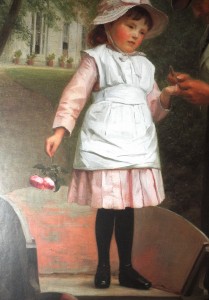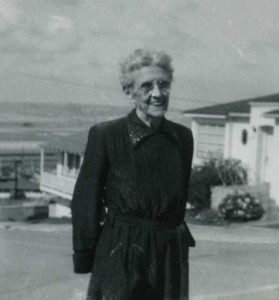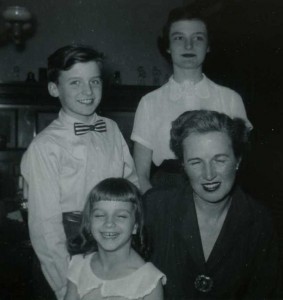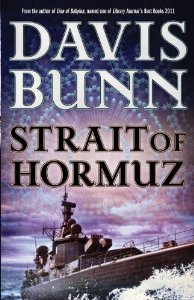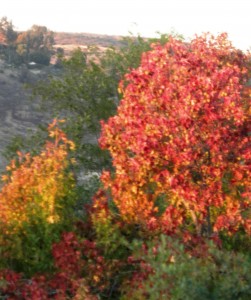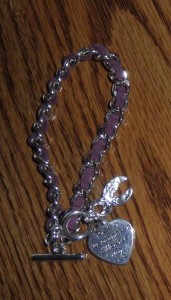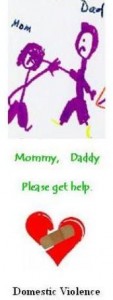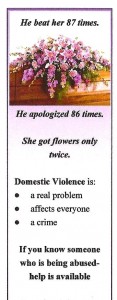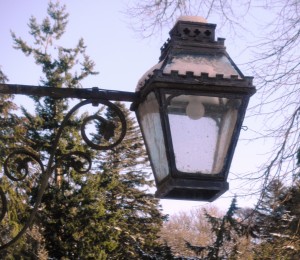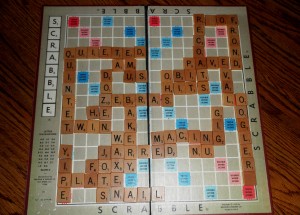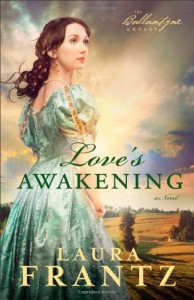
Welcome to Under the Lamppost, where we meet to chat about words, stories, and anything else that catches our fancy.
Today we have a treat from Laura Frantz that immediately follows my review of Love’s Awakening, second in The Ballantyne Legacy series. See what surprising inspiration prompted her to write these stories.
Clash of the titans aptly describes the atmosphere as you open Love’s Awakening. Oh, love is in the title and in the novel ~~ but the story is much more than just a love story. It’s drama, adventure, intrigue, mystery, and history-come-alive when Ellie of the powerful, wealthy, and abolition-leaning Ballantyne clan encounters children of the slave-holding, whiskey magnate, Henry Turlock.
It is spring, 1822, and Ellie Ballantyne leaves finishing school and the Matrimonial Society of Philadelphia where she feels more like a confection on a buffet table than a respected young lady. Returning to the family home in Pittsburgh, she finds her parents are away, her siblings aloof, and secrets are making her path forward decidedly uncertain.
Ellie begins a day school for young ladies. When Chloe Turlock, ward of handsome Jack Turlock, black-sheep son of Henry, requests Ellie’s tutelage, old family rivalries explode. Decisions must be made, alliances rearranged, risks taken—all with no guarantees of life, liberty, or love.
The premise is packed with opportunities for conflict, and Laura Frantz masterfully spins them into a rich tale populated with vivid characters who pull us headlong into their journey. As in life, the characters have conflicting motivations, make tough choices, and are often unprepared for the consequences. I was drawn into their world, often holding my breath, sometimes laughing, other times aching as one or another sought a truth to hang on to.
Frantz, a long-time lover of history, fashions her settings with great and accurate detail. I love when a book transports me, and this one did. So much so that I found it clinging to me after I closed the book. Sights, sounds, smells, the expression on a face, the power of a bit of dialog.
Secrets, lies, and mistrust create a dark backdrop against which Frantz’s characters shimmer. And as if a good story well-told wasn’t enough, Frantz drops gem-like epigrams throughout which intrigue you or tickle your funny bone.
A superb example of synergy, Love’s Awakening is much more than the sum of well-done craft elements. It’s a book that, at the end of a long day wrangling an obstinate computer or a car that’s lost its steering, I have thoroughly enjoyed escaping into. A sensory jewel, I would love to see it made into a movie. And Frantz joins a select list of masterful story weavers who can be relied upon to provide a book our family wants to read and read again.
Now, a few words directly from Laura:
UTL: Where do you begin your stories? Characters, plot, theme…?
LF: It’s plot line first. The entire Ballantyne series began by me stumbling across a tiny research thread that said apprentice blacksmiths often married the master blacksmith’s daughter by custom which started off a whole string of other ideas which I wove into that first story.
UTL: Fascinating where ideas can spring from. Knowing the huge amount of research you’ve done, I’ll look forward to hundreds of resulting stories!
Can you tell us a bit about how you do your research, and how you combine it with writing time?
LF: I am always, always researching and have a stack of books I go though, underline, copy into notebooks and on index cards of whatever the subject is at the time. I like to be well-armed research-wise before I begin but often I’ll be writing and a hole will appear and so off I’ll go onto a research tangent. Research is nearly as fun as writing for me – like candy, really – so it never feels like work. Remembering all that I learn is the challenge! I’ve learned you really need to double check your sources because the internet is often not accurate. Books are usually better for me that way though there are some wonderful resources on the web.
Thanks, Laura, for the glimpse into your writer’s studio. Learn more about Laura, her other novels, and fascinating bits of history, visit her website here.
Okay, readers, have you ever been surprised by some obscure historical detail you learned? And what book/s would you like to see made into a movie? Please tell us and share the fun.
 Thanks-giving flows naturally from realizing and focusing on God and his amazing provision for us to life now and into eternity. So I particularly appreciate looking at connections acknowledged between God and United States history.
Thanks-giving flows naturally from realizing and focusing on God and his amazing provision for us to life now and into eternity. So I particularly appreciate looking at connections acknowledged between God and United States history.
